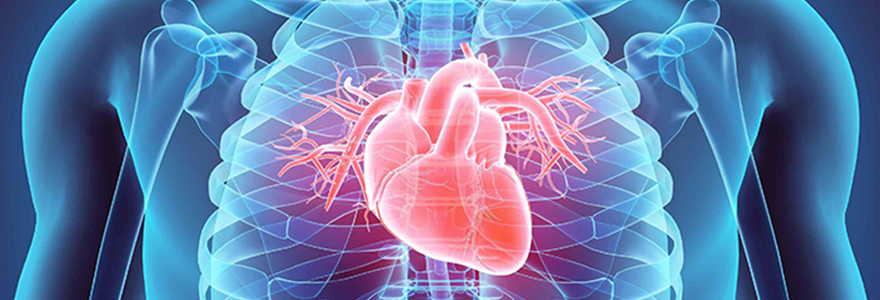Finding common ground

Exercise may be effective in combatting cardiovascular disease and depression together, according to a recent interdisciplinary study published in the Journal of the American Heart Association.
“There is growing awareness about the comorbidities of cardiovascular disease, obesity and depression,” said lead author Stephanie Frisbee, PhD, assistant professor. “This nexus of co-occurring conditions led us to ask, what’s going on? Is there a common underlying pathophysiologic pathway?”
The researchers used a rat model specifically developed for research on obesity and hypertension. The genetic model is missing the satiety reflex, meaning that it doesn't feel full and so continues to eat. They observed that the model spontaneously developed depressive symptoms as it aged, and also developed metabolic syndrome.
"This model is a very 'translationally relevant' model for human metabolic syndrome, where there underlying cause is overeating and sedentary behaviour," said Frisbee.
Using this rat model, the researchers were aiming to pinpoint what happens to both depressive symptoms and vascular function when different cardiovascular disease risk factors were treated with common treatments.
They discovered that exercise was most effective in improving both the depressive symptoms and vascular function, followed by pharmacological interventions, TEMPOL, atorvastatin, and pentoxifylline. The researchers say this strongly suggests that inflammation and oxidative stress are two key underlying pathways linking both depressive symptoms and cardiovascular disease.
Frisbee says one of the next steps will be testing the same approach in people. “If we see the same results in people, we can begin to think about developing treatments for these two diseases that are linked,” she said.
The research also provides a framework for future studies to further explore the link between depression, and cardiovascular disease risk factors.
Many disciplines and areas of expertise came together for the study, including biophysics, pharmacology, exercise physiology and epidemiology.
“There is varied expertise among the seven co-authors,” said Frisbee. “And this is the whole point of clinical and translational science. We all have unique approaches to bring to the table. That’s how we’ll be able to address the big questions.”
“It’s kind of like baking,” she added. “Flour and eggs, baking soda and chocolate chips sitting on the counter, that doesn’t look too appealing. But add some sugar and mix it all up, and you’ve got something pretty good.”








